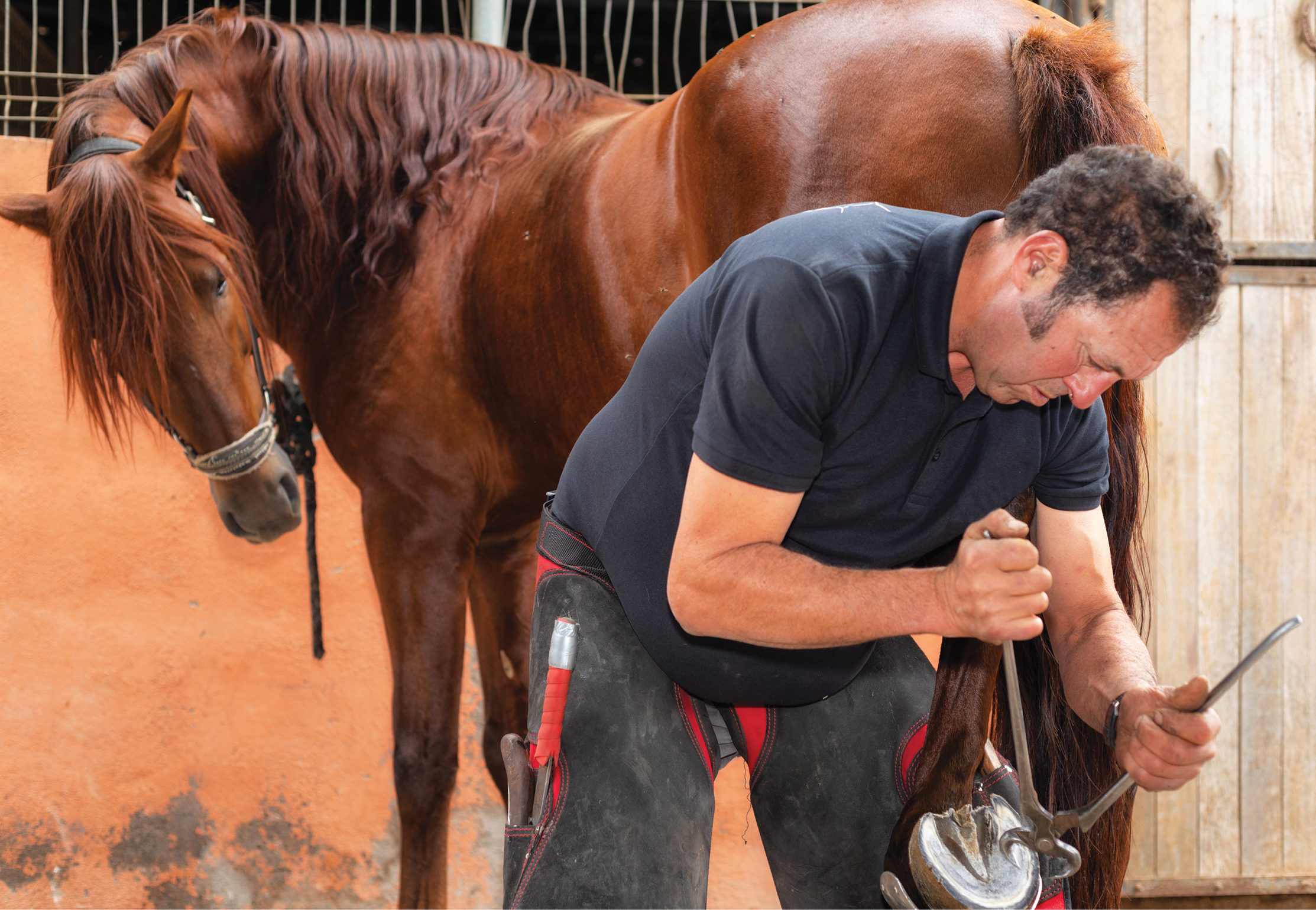Horses are hindgut fermenters, meaning they have bacteria and protozoa in their hindgut turning poorly digestible fiber—like grass and hay—into energy. Approximately 75% of your horse’s energy requirements is generated in the cecum and large colon of his hindgut, so keeping these organs, and the bacteria (microbiome) inside them, in working order is critical to the health of your horse.
[READ: THE TLC BLOG]

Worst-Case Scenarios
Grain overload—i.e., when your horse somehow eats an entire bag of sweet feed or something similar—quickly puts his hindgut into crisis mode. Some of the sugar from the grain is absorbed in your horse’s small intestine, but when he gets too much, it bypasses the small intestine and goes directly to the cecum and large colon in the hindgut. The lactobacillus and other bacteria in the hindgut feed off that sugar and multiply, producing lactic acid in the gut, dropping the gut pH too low and killing off healthy bacteria. As these bacteria die, they produce endotoxin, which is absorbed into the blood stream. The endotoxin and resulting inflammation of the gut can cause inflammation of the feet, laminitis, or founder.
Performance Problems
Performance horses living on a high-grain diet, kept in stalls on hay rather than out in pasture, can also be susceptible to a less severe form of hindgut trauma, known as colonic acidosis and the more severe condition right dorsal colitis (colonic ulcers). Performance horses receive non-steroidal anti-inflammatory drugs (NSAIDS) like bute or banimine, and when you combine stress, changes in diet, and dehydration, those NSAIDs can create ulcerations in the right dorsal colon. Those ulcerations can cause lethargy, intermittent diarrhea and colic, partial loss of appetite, and weight loss. In more severe and chronic cases, low-blood proteins can lead to edema (fluid under the skin) between the front legs.

Supplement Solutions
Training, hauling to shows, and increased stall time can result in a stressed stomach, which can negatively impact your horse’s health and attitude. To avoid that, look into prebiotics and probiotics to help keep the bacteria in your horse’s hindgut healthy and the pH balanced. A good option is SmartPak’s Equine’s SmartCombo Ultimate Pellets. It has omega fatty acids and probiotics, which address hindgut problems, marshmallow and licorice to help soothe compromised tissues within the digestive tract, and also uses GastrAvert to help with stomach ulcers (above).






